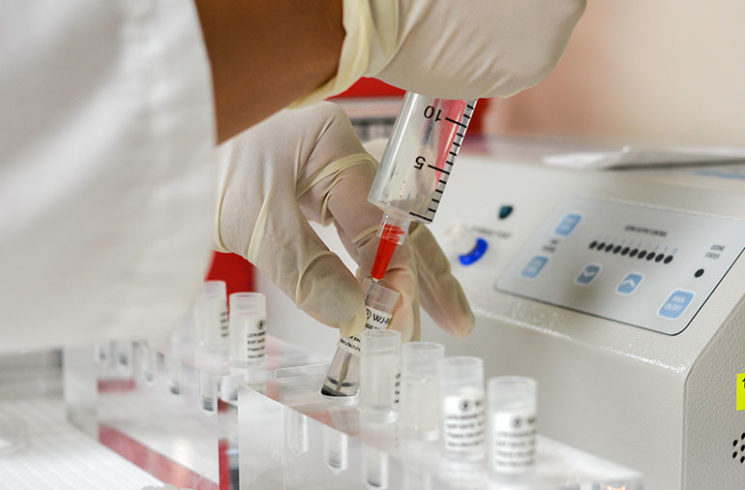Bone marrow transplant, also known as hematopoietic stem cell transplantation, stem cell therapy, or BMT, is a medical procedure that involves replacing damaged or diseased bone marrow with healthy bone marrow cells. This treatment is used to treat a variety of conditions, including leukemia, lymphoma, multiple myeloma, and sickle cell anemia, as well as immune system disorders and inherited metabolic disorders.
The bone marrow is the soft, spongy tissue found inside the bones that produces blood cells. It contains stem cells, which are immature cells that can develop into different types of blood cells, including red blood cells, white blood cells, and platelets.

During a bone marrow transplant, also known as hematopoietic cell transplantation or marrow donation, a patient first undergoes a conditioning regimen, which involves chemotherapy, radiation, or both, to destroy the diseased or damaged bone marrow. This allows the new, healthy bone marrow cells to take hold and begin producing healthy blood cells.
There are two main types of bone marrow transplants: autologous transplants, in which the patient’s own stem cells are collected and used for the transplant, and allogeneic transplants, in which stem cells from a donor are used. Allogeneic transplants, also known as marrow transplants or allogeneic blood stem cell transplants, are more commonly used, as they are more effective at treating certain conditions and offer the potential for a longer-lasting cure.
Stem cell collection is an important part of the bone marrow transplant process. For autologous transplants, stem cells are typically collected from the patient’s own blood using a process called apheresis. For allogeneic transplants, stem cells may be collected from a donor’s bone marrow, peripheral blood, or cord blood, which is collected from the umbilical cord and placenta after a baby is born. Cord blood banking is the process of collecting and storing cord blood for potential future use in a stem cell transplant.
The success of a bone marrow transplant, also known as a stem cell transplant or transplantation medicine, depends on several factors, including the patient’s age and overall health, the type of transplant being performed, and the severity of the condition being treated. Complications can occur, including infection, bleeding, and graft-versus-host disease (GVHD), which occurs when the donor cells attack the patient’s body.
Overall, bone marrow transplants can be a life-saving treatment for those with certain medical conditions, but they also carry risks and require careful planning and management. It is important for patients to discuss the potential benefits and risks with their medical team, including the possibility of marrow suppression and the need for a bone marrow biopsy, and to carefully consider their options before deciding to undergo a bone marrow transplant, also known as a peripheral blood stem cell transplant.

